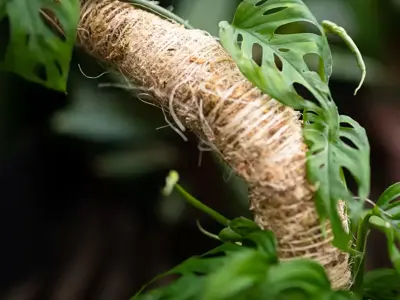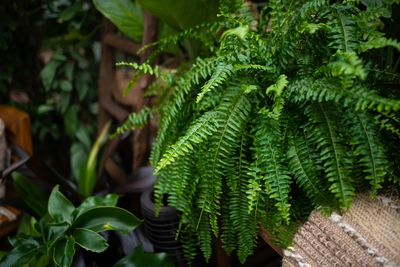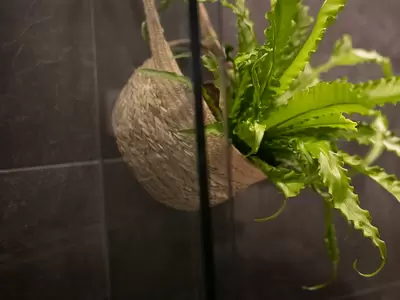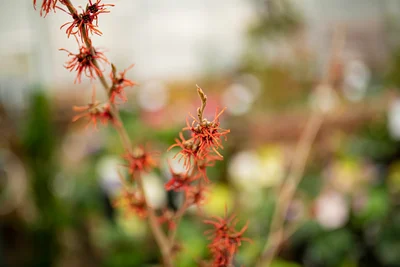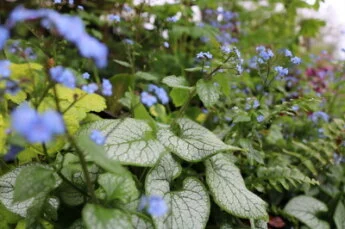
As the vibrant colours of Summer give way to the earthy hues of Autumn, it's time to turn our attention to the care and maintenance of our perennial gardens.
At GARDENWORKS, we understand the importance of keeping your garden thriving year-round, and Fall is the perfect time to set the stage for a beautiful Spring garden. In this blog, we'll explore essential Fall perennial maintenance tips to ensure your garden flourishes come the next growing season.
Planting Perennials in Fall: A Smart Start for Spring
Fall is a remarkable time to introduce new perennials to your garden. The return of rain and the replenishment of soil moisture after the Summer drought create ideal conditions for planting. Here's why Fall planting is a savvy move.
- Root Development: Perennials planted in the Fall have the opportunity to establish their root systems before Winter dormancy sets in. This means they'll be raring to go when Spring arrives.
What to Cut Back in Fall
While some perennials continue to flourish during the fall, others show signs of impending dormancy.
Here's a list of perennials you should consider cutting back in the Autumn:
- Hosta
- Irises
- Lilies
- Peonies
- Salvia
- Achillea
- Astilbe
- Plants Prone to Powdery Mildew
When pruning these perennials, leave a few inches of foliage above the soil to help you identify their locations in the garden next Spring.
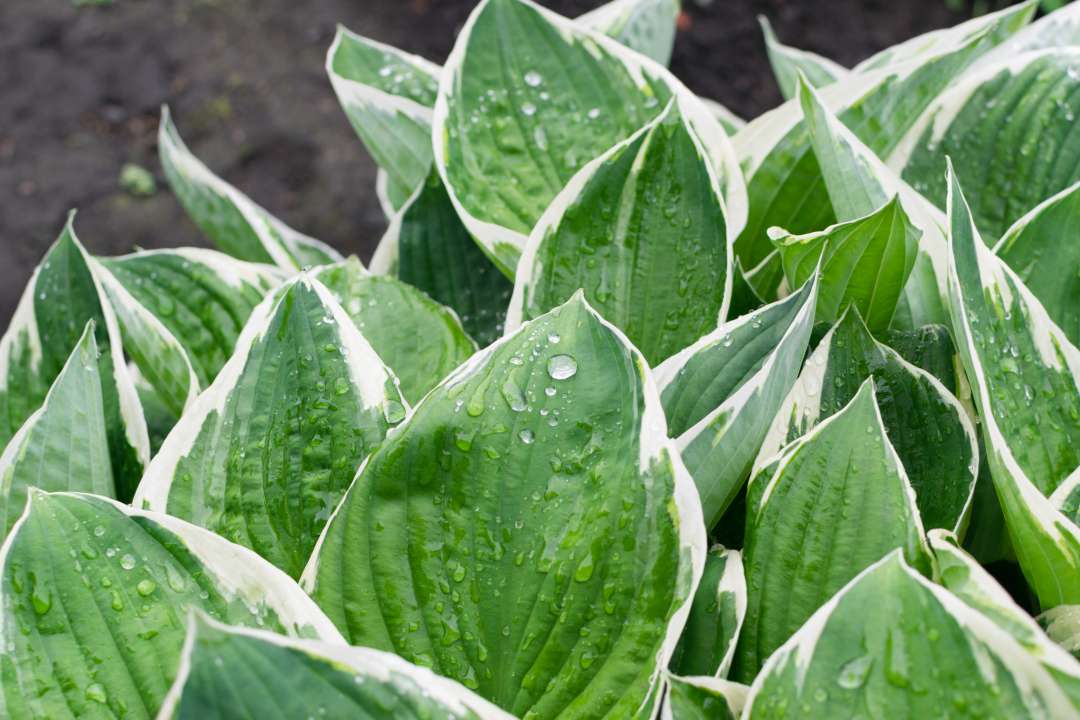
What NOT to Cut Back in Fall
Conversely, there are perennials that benefit from leaving their foliage intact until Spring:
- Ferns: The old foliage protects their crowns during the Winter months.
- Heuchera: While typically evergreen, the old faded foliage still offers protection and can be cleaned up in the Spring.
- Lavender: Pruning in early Spring is best for these fragrant favorites.
- Sedums: Some varieties provide Winter interest, and new rosettes begin to grow at the base in Winter, with old foliage above offering protection.
- Ornamental Grasses: Consider leaving summer-blooming grasses in place for added Winter interest; you can even create visually captivating arrangements with them!
Also, remember to preserve the beauty of evergreen perennials like Hellebores, Evergreen Ferns, and Ground Covers, as they will display their captivating colors throughout the cold season.
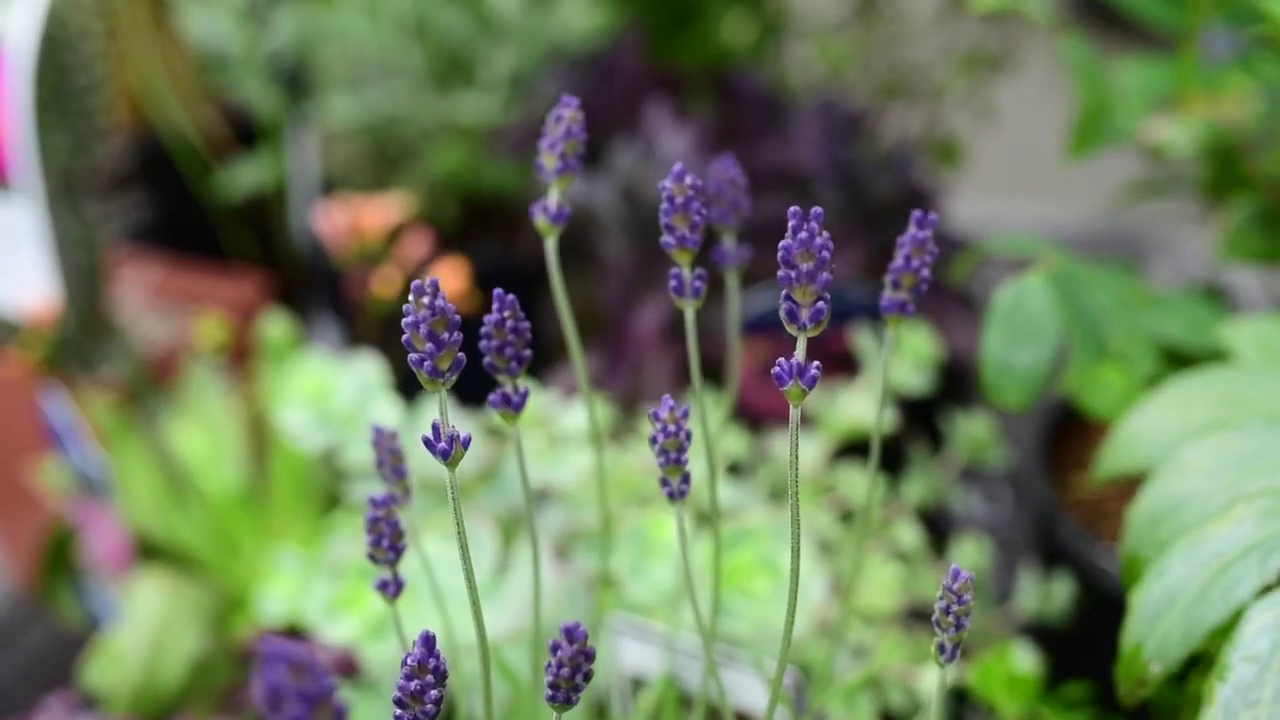
Winter Protection for Perennials
Newly planted perennials need a little extra care as they establish their roots. Mulching is an effective way to provide an additional layer of protection from snowfall during the Winter months. This insulation can make all the difference in ensuring the survival and growth of your new additions.
Dividing and Repotting Perennials
Fall is an opportune time to divide perennials that have grown too large or become crowded.
Follow these steps for successful division:
- Trim the remaining foliage and stems to about 6 inches above the ground.
- Carefully dig up the entire clump.
- Use a sharp, sterilized knife or spade to split the clump at the crown, focusing on the healthier, more vigorous edge sections.
- Discard the center parts of the crown and compost them.
- Replant the divided sections, ensuring they have adequate space to grow.
- Consider using transplant fertilizer, but refrain from fertilizing again until new growth emerges in the Spring.

Random Weeding Tip: A Final Cleanup Before Winter
Before the ground freezes, take a moment to do a final weeding session. Removing weeds now will prevent them from gaining a foothold in your garden during the Winter and ensure a cleaner, healthier garden come Spring.
With these Fall perennial maintenance tips, you'll be well on your way to a thriving garden next Spring! And as the leaves fall and temperatures drop, your garden will continue to provide beauty and inspiration through every season.
Happy gardening!

